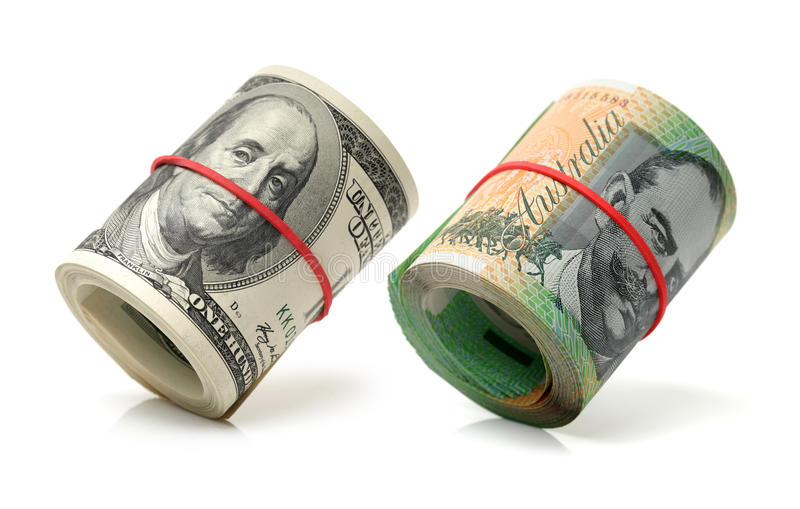Australian dollar maintains its winning streak.
The Australian Dollar (AUD) is on a roll, extending its gains for the fifth day in a row on Wednesday. This increase is due to the market’s increased risk appetite and the rise in commodities prices. Furthermore, the lower US Dollar (USD), prompted by the Fed’s less aggressive posture, is providing support to the AUDUSD pair.
October, Australia’s Monthly Consumer Price Index fell by 4.9% instead of the projected 5.2%.
The October reading of Australia’s Monthly Consumer Price Index (CPI) is 4.9%, indicating a drop. From the previous month’s result of 5.6% and somewhat lower than the projected 5.2%. While the negative data originally put the Australian Dollar (AUD) under pressure. It appears that the AUD has recovered.
Despite better-than-expected Housing Price Index and Consumer Confidence statistics from the United States (US). The US Dollar Index (DXY) has fallen to its lowest level since August 11. The fall in US Treasury yields functioned as an additional negative factor for the US dollar.
The words of Fed Governor Christopher Waller, who said. That if inflation continues to fall, there is no reason to insist on keeping high interest rates. Exacerbated the Greenback’s downward momentum.
Daily Digest Market Movers: Despite disappointing Australian data and a weaker US dollar, the Australian dollar sustains its gains.
Australia’s seasonally adjusted Retail Sales data revealed monthly readings for October that fell by 0.2%, falling short of market estimates of a 0.1% increase and a 0.9% increase from the previous month.
Michele Bullock, Governor of the Reserve Bank of Australia (RBA), stated that the current monetary policy is restrictive, with rate hikes dampening demand, particularly in the setting of persistent services inflation.
Governor Bullock stressed the importance of exercising prudence while using high interest rates to combat inflation without inadvertently boosting the unemployment rate.
The People’s Bank of China (PBoC) has released an announcement to increase financial support for private enterprises. This comprehensive aid includes help for private firms with listing and financing, mergers and acquisitions, and restructuring.
Minutes of the Federal Open Market Committee (FOMC) stated that members unanimously opted to keep policy restrictive for a while longer until there is clear and sustainable evidence of inflation falling near the Committee’s target.
In September, the US Housing Price Index (MoM) stayed stable at 0.6%, compared to the predicted number of 0.4%.
The CB Consumer Confidence Index increased in November, reaching 102.0. This increase follows a downward correction of October statistics, which were reduced from 102.6 to 99.1.









